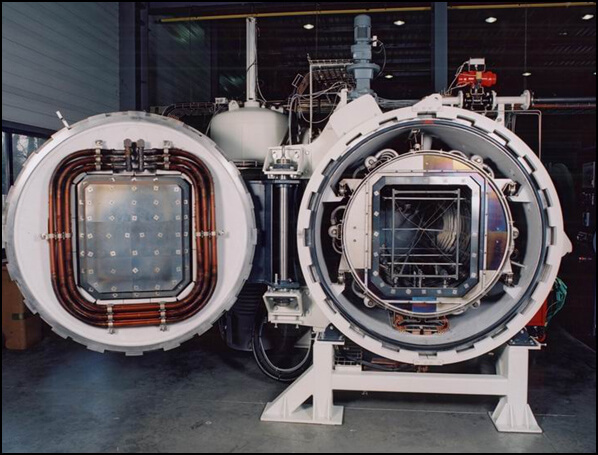
In die casting mold manufacturing, the most common form of mold damage is cracks and cracks. Stress is the main cause of mold damage. Thermal, mechanical, chemical, and operational shock are all sources of stress, including mechanical and thermal stress. If the heat treatment is not performed properly during the mold processing, it will cause the mold to crack and be scrapped prematurely, especially using only quenching and tempering without quenching. Then, the surface nitriding process is performed, and surface cracking and cracking will occur after several thousand die-casting times.

The stress generated during the quenching of steel is the result of the superposition of the thermal stress during cooling and the structural stress during the phase change. The quenching stress is the cause of deformation and cracking, and it must be tempered to eliminate the stress. During the production process, the mold temperature mold should be preheated to a certain temperature before production. Otherwise, when the high-temperature metal liquid is filled, chilling occurs, which causes the temperature gradient inside and outside the mold to increase, forming thermal stress, and cracking the mold surface. It even cracked. During the production process, the mold temperature keeps rising. When the mold temperature is too hot, it is easy to produce sticky molds, and the moving parts fail to cause damage to the mold surface. A cooling temperature control system should be set to keep the working temperature of the mold within a certain range.
We founded in 2009. 10 years experience in die casting die industry, focusing on aluminum alloy, zinc alloy and magnesium alloy die casting die manufacturing to provide professional and comprehensive solutions. At the same time, it provides design support for die- casting mould and small batch production service.








